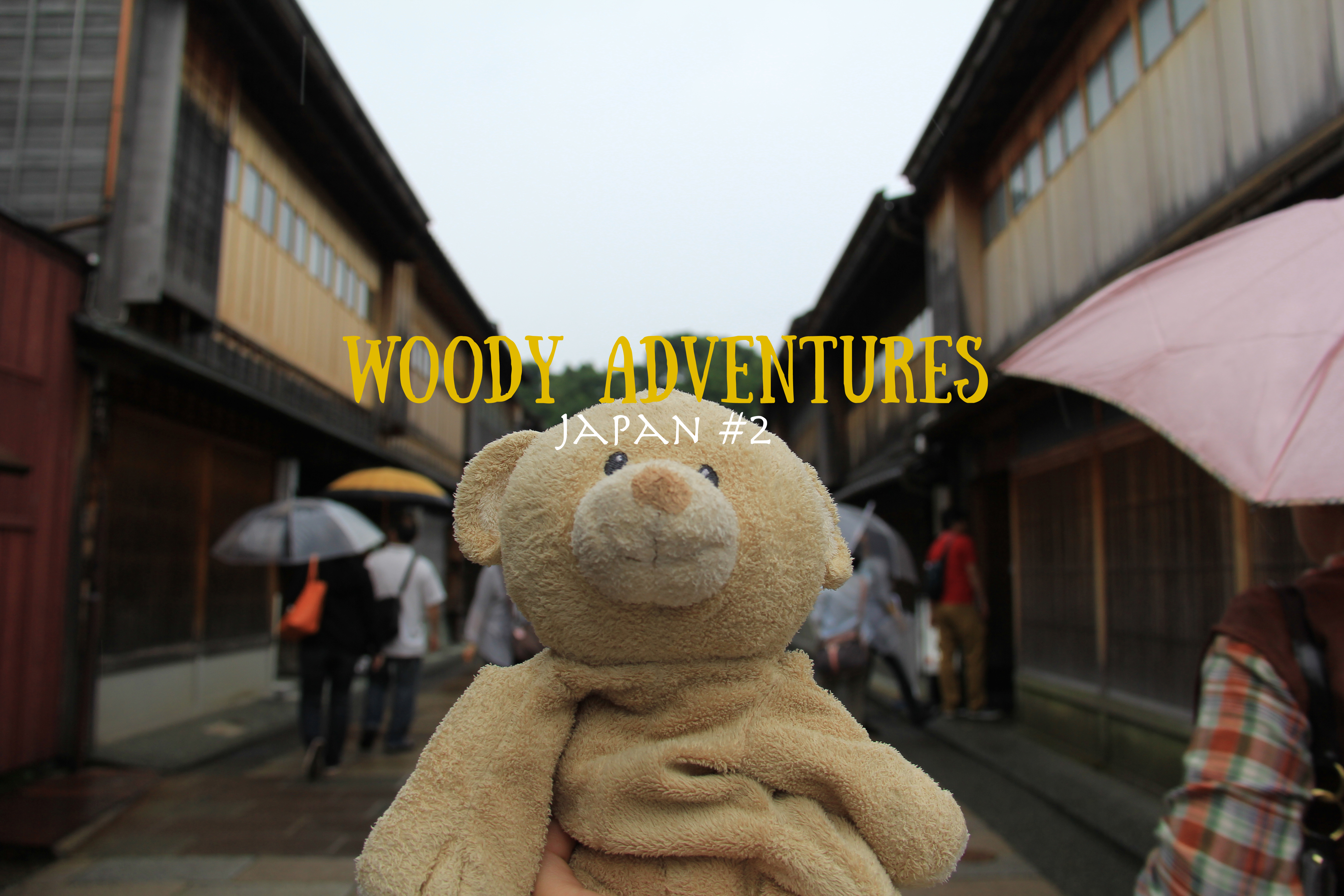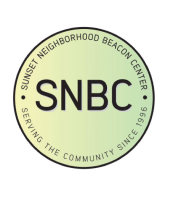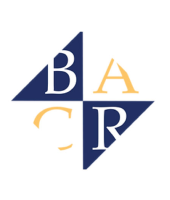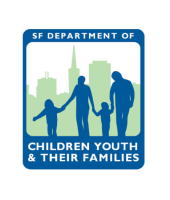This is a continuation from my last Japan post. This post covers our journey from Fuji all the way to Kyoto.
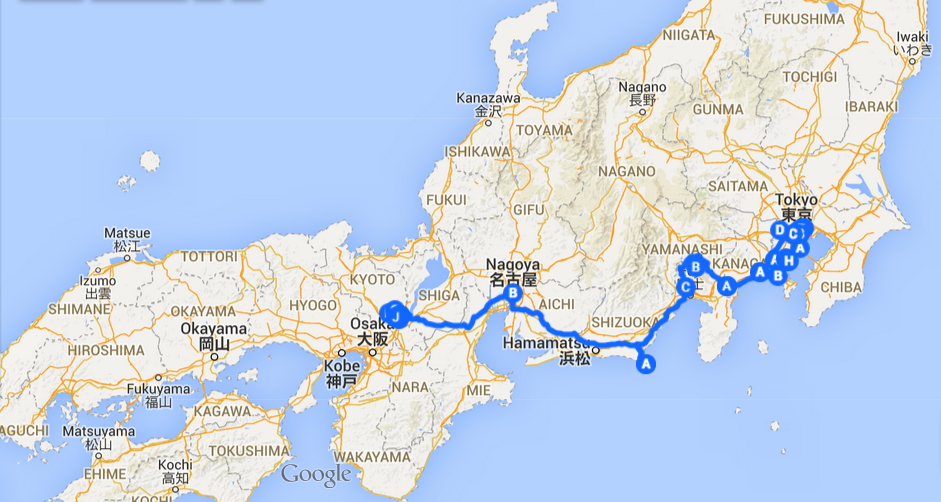
Fuji
Lake Kawaguchi
Our family made a stop to see Mt.Fuji. We stopped at Lake Kawaguchi, where there are a bunch of hotels, tourist shops that sell Mt.Fuji-themed items, and restaurants. We ate at a quaint restaurant that served houtou, a yummy local specialty similar to udon, but thicker and stickier. It was served with rice, salad, fried fish, and pickled vegetables.
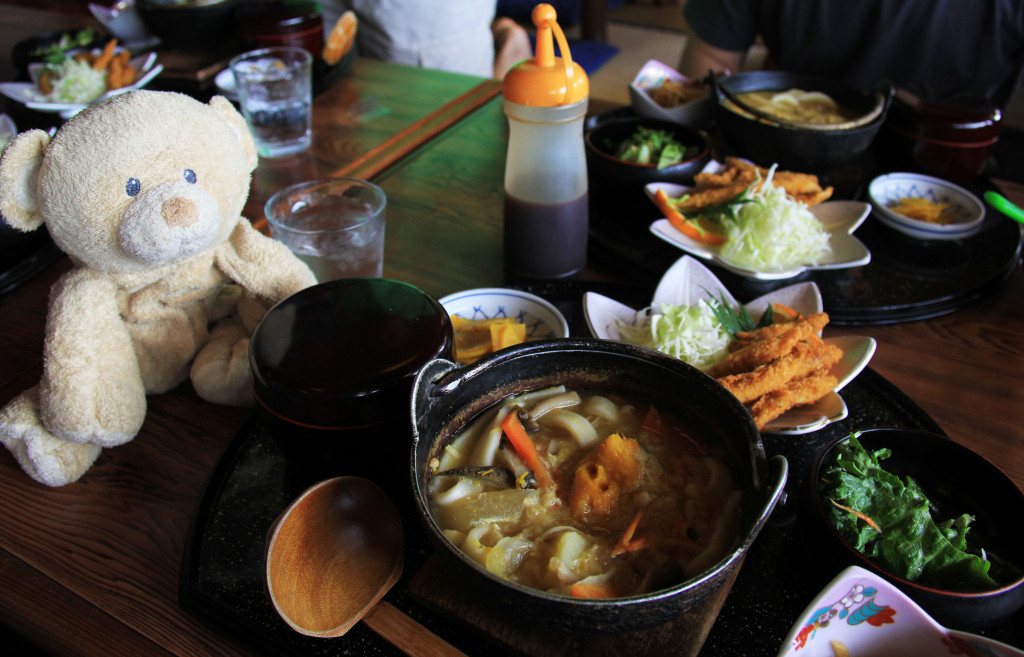
Mt.Fuji
After eating lunch at the base of the mountain, our family drove up to the middle to look at the peak of Mt. Fuji. Unfortunately, the weather was overcast and the fog covered most of the peak, but I still managed to get some nice pictures (yay!). At the middle of Mt.Fuji is a large area for shops, vendors, and more. Plus, there is even a small temple where you can see down the mountain! Sadly though, the clouds covered most of the landscape below.
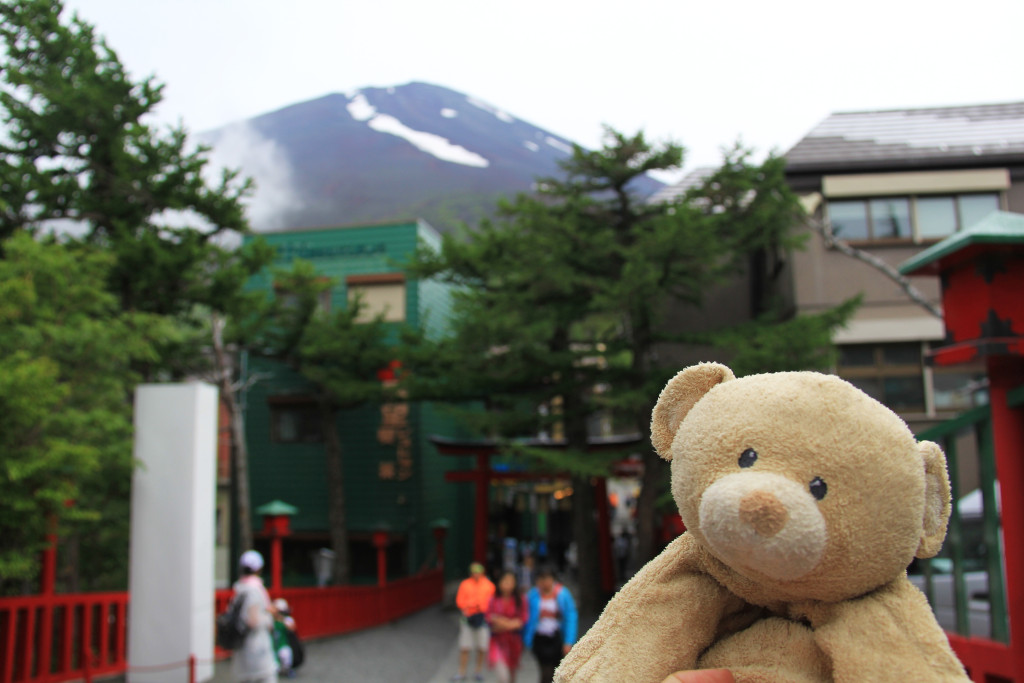
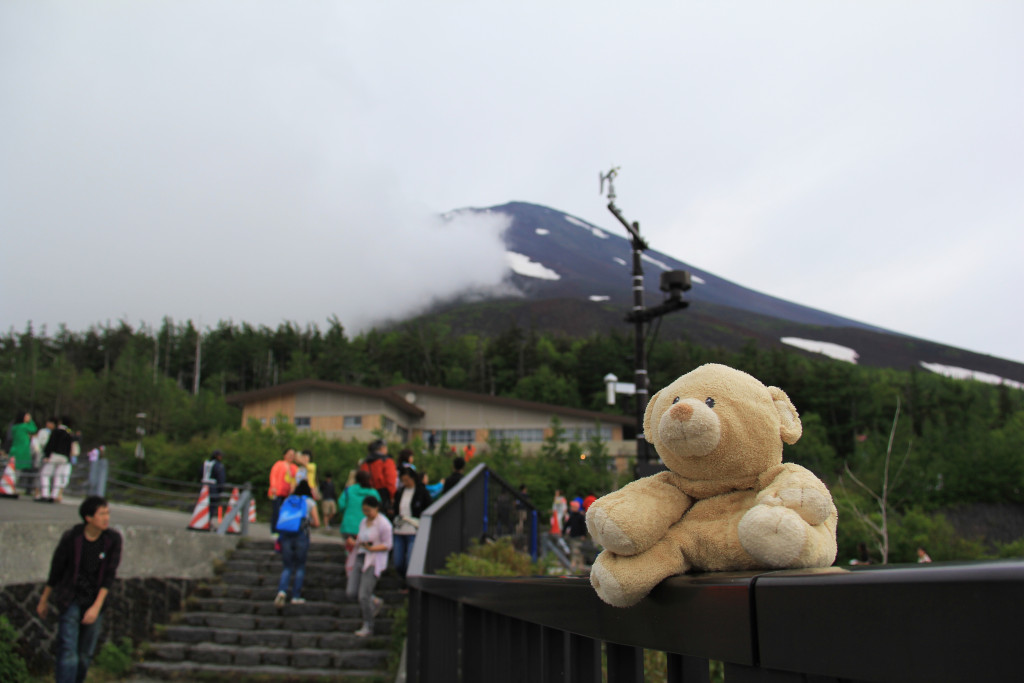
Omaezaki
Omaezaki Lighthouse
After Fuji, our family settled in Omaezaki, a small little town on the shore, for the night. The hotel we stayed at was empty except for us and two other people! The next day we explored Omaezaki for a bit before moving on. The Omaezaki Lighthouse offered a good view of the coast, and the surrounding pathways made for a nice walk—flowers, plants, and trees surrounded the pathways. Between the greenery we even caught little glimpses of the shore.
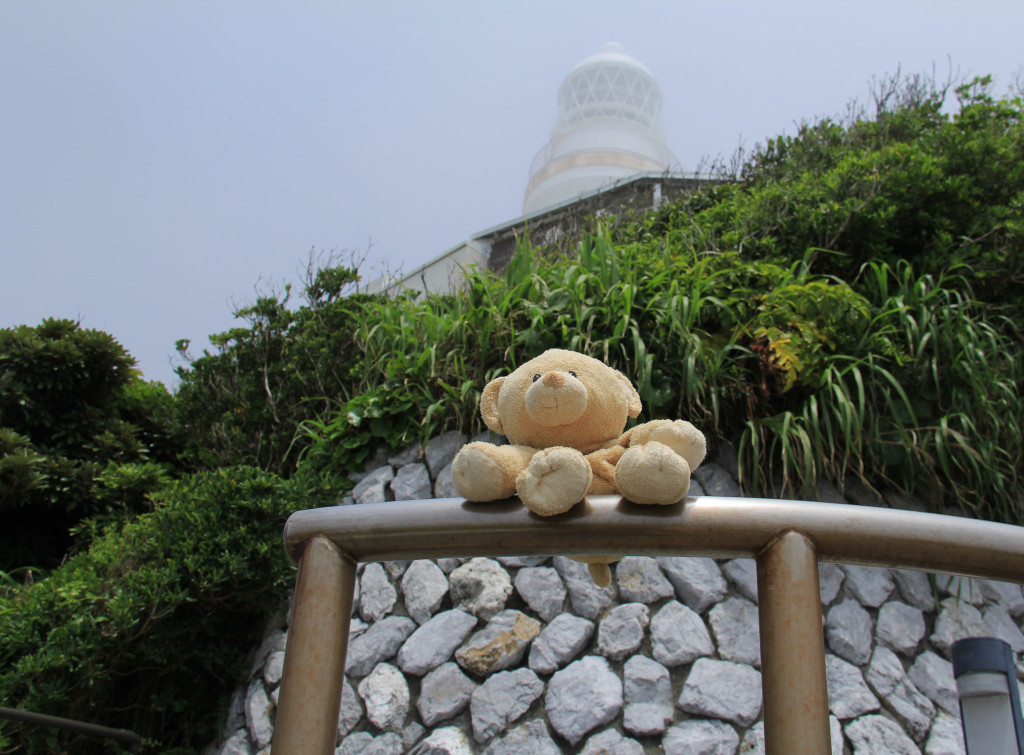
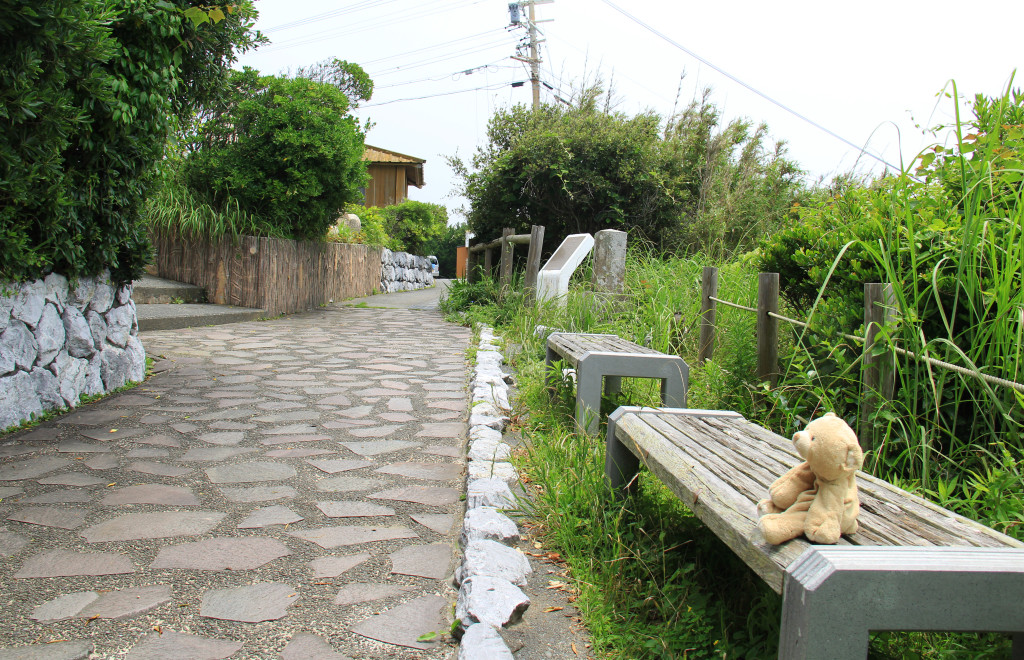
Nagoya
On the way
After Omaezaki, we made a pitstop in Nagoya for lunch. The restaurant wasn’t anything fancy—it had the usual vending machine, where you could buy small tickets to exchange for food. Here, we tried the local specialty, misokatsu. It’s basically like tonkatsu, fried pork cutlet, with miso sauce on top. Woody thought it was delicious!
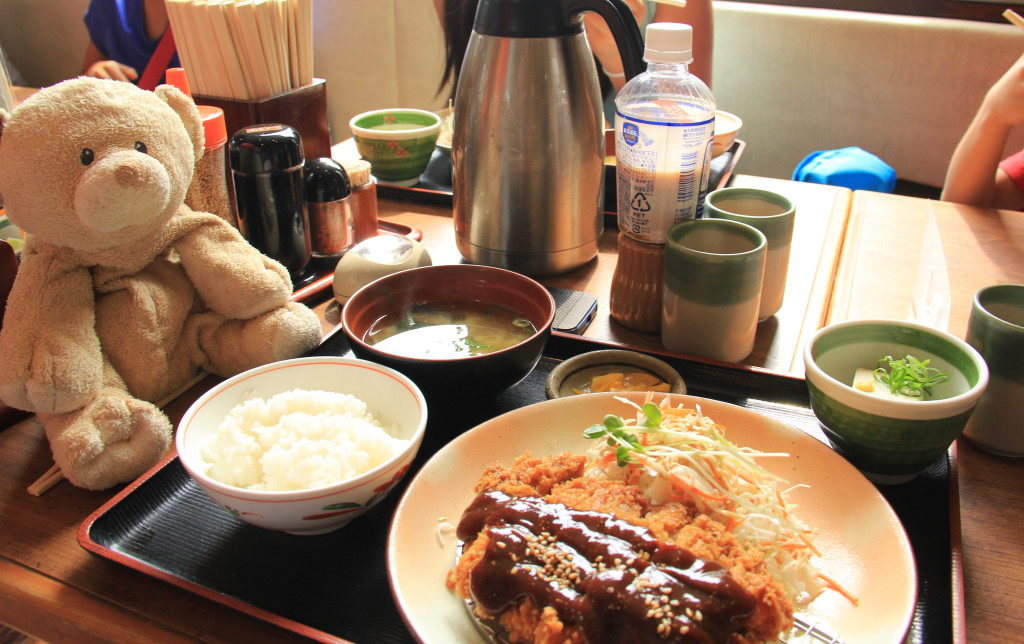
Nagoya Castle
We didn’t actually go inside the Nagoya castle grounds, but we took pictures at a nearby park that was across the moat. From there we got a pretty nice view of the famous Nagoya Castle. Woody also got a nice view of the giant koi swimming in the moat! Apparently, koi fish will eat almost anything—including crunchy instant noodles (this was tested and confirmed by my sister).
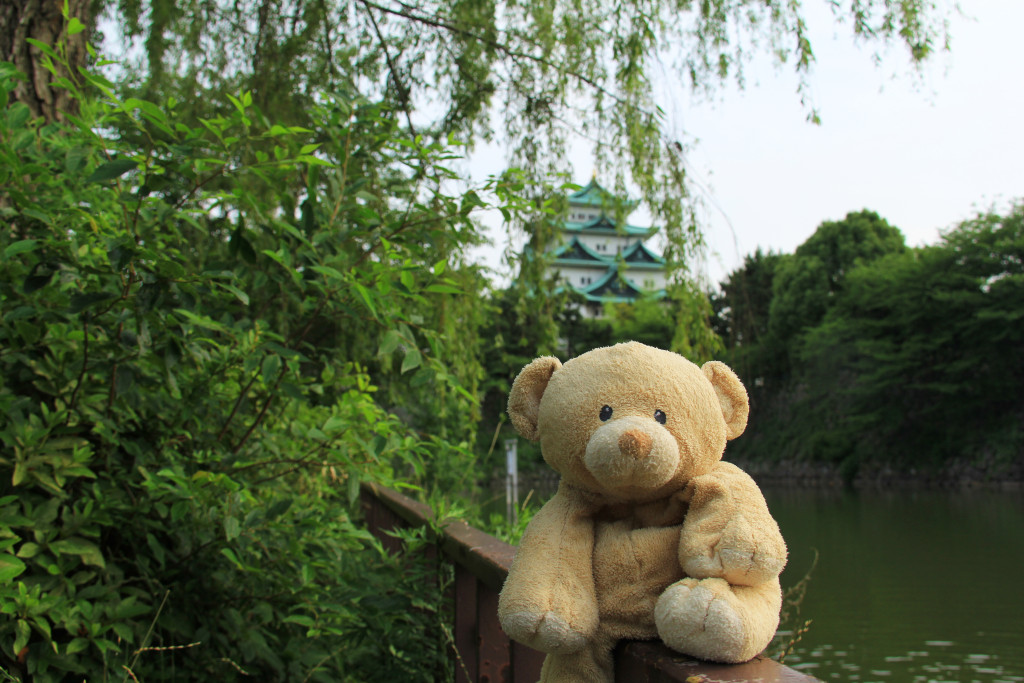
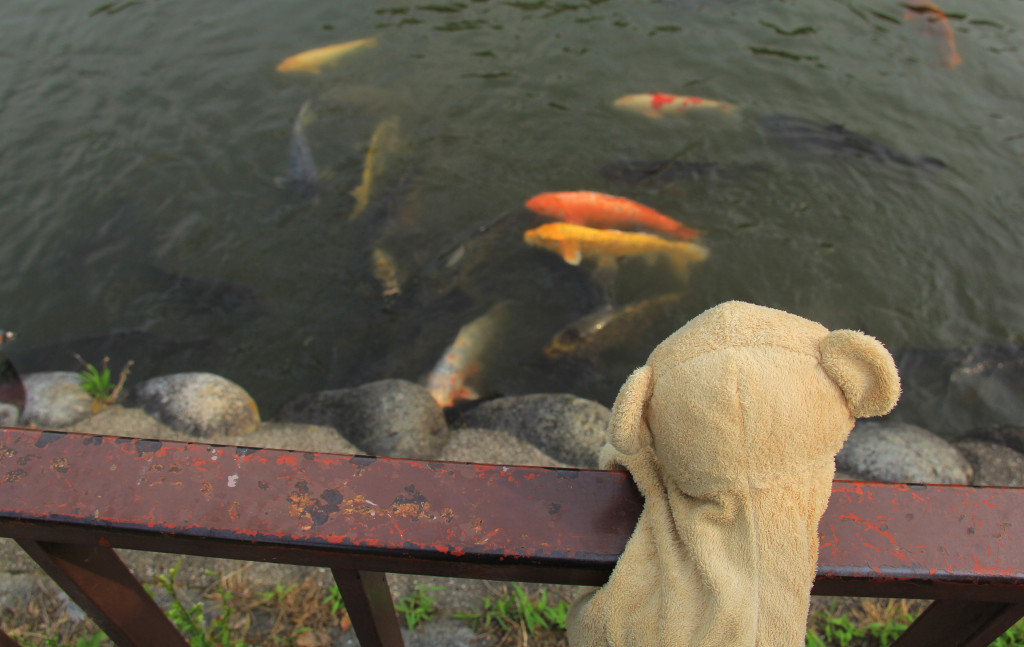
Kyoto
Fushimi Inari Taisha
Kyoto is known for being a place of traditional Japanese culture, shrines, and temples. One of the shrines we visited was Fushimi Inari Taisha, the main shrine dedicated to Inari, known as the god of rice and patron of business. This shrine is known for its thousands of torii gates, all donated by businesses and merchants for good fortune. The main shrine is at the base of a mountain; you can hike up all the way up the mountain and through all the torii gates.
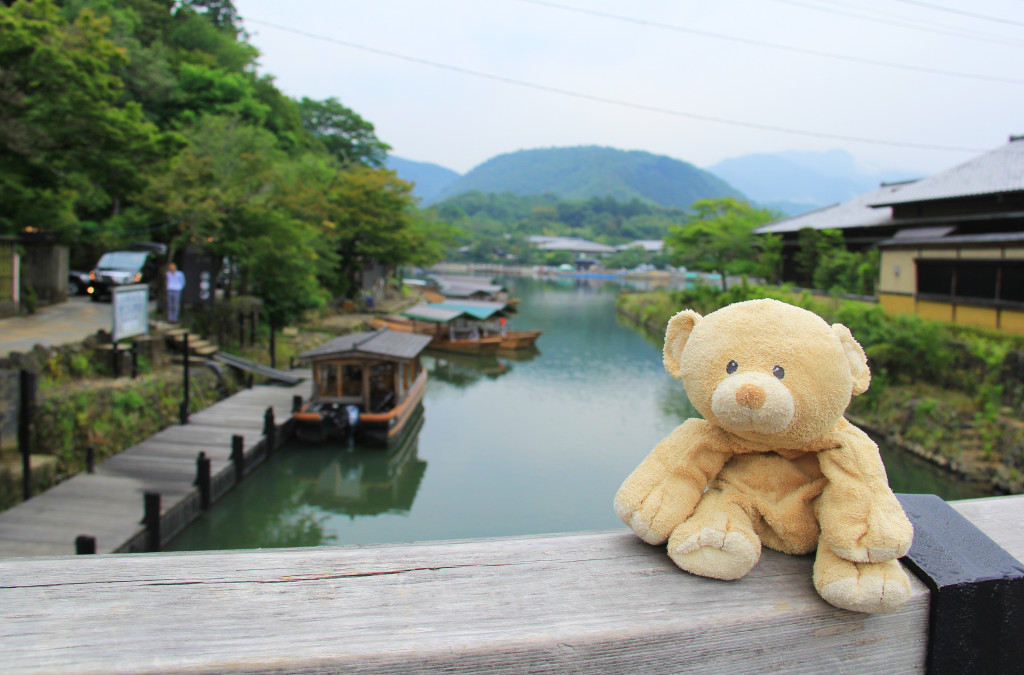
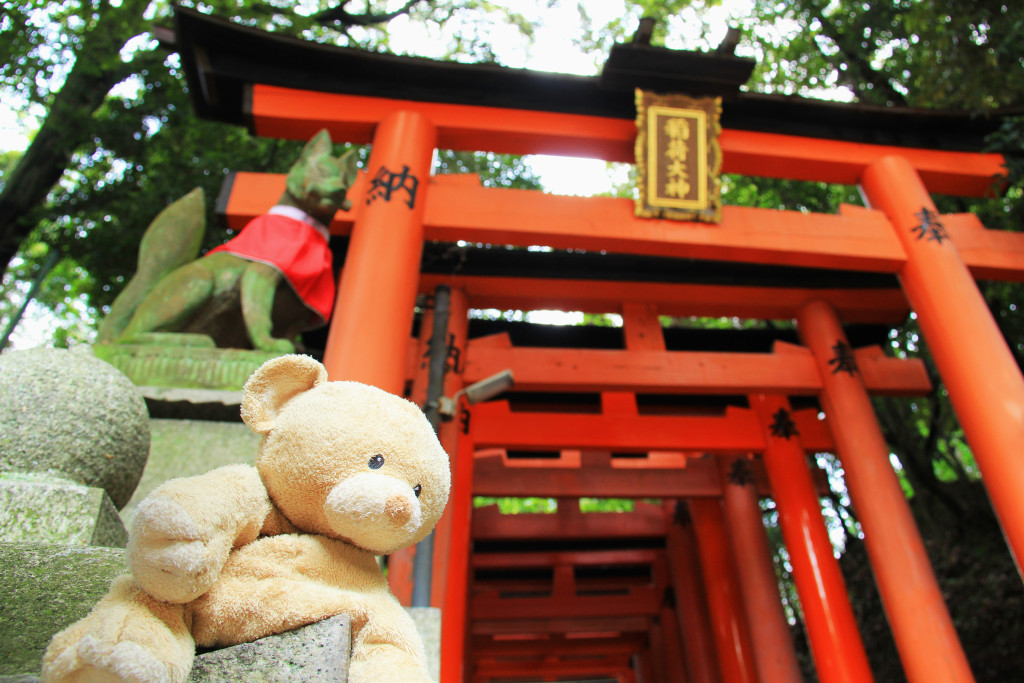
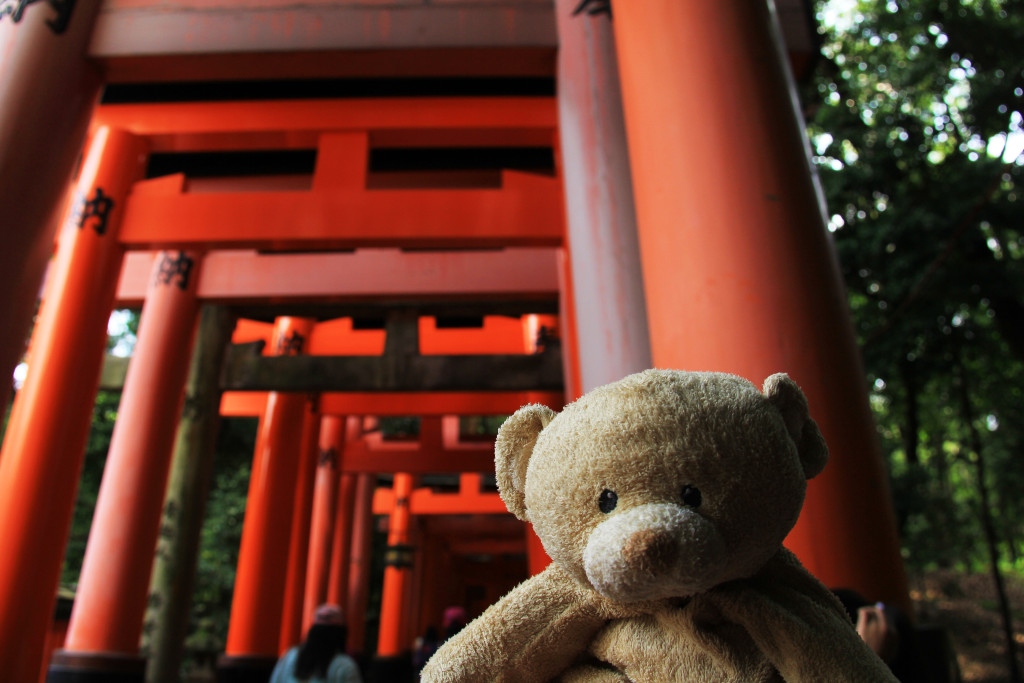
Kinkaku-ji
Another famous temple in Kyoto is Kinkaku-ji, which also known as the “Temple of the Golden Pavilion.” This is somewhat self-explanatory: the temple is famous for its gold-leaf covered pavilion, which Woody thought was impressively shiny. The pavilion sits on the side of a small lake and is surrounded by multiple pathways and gardens.
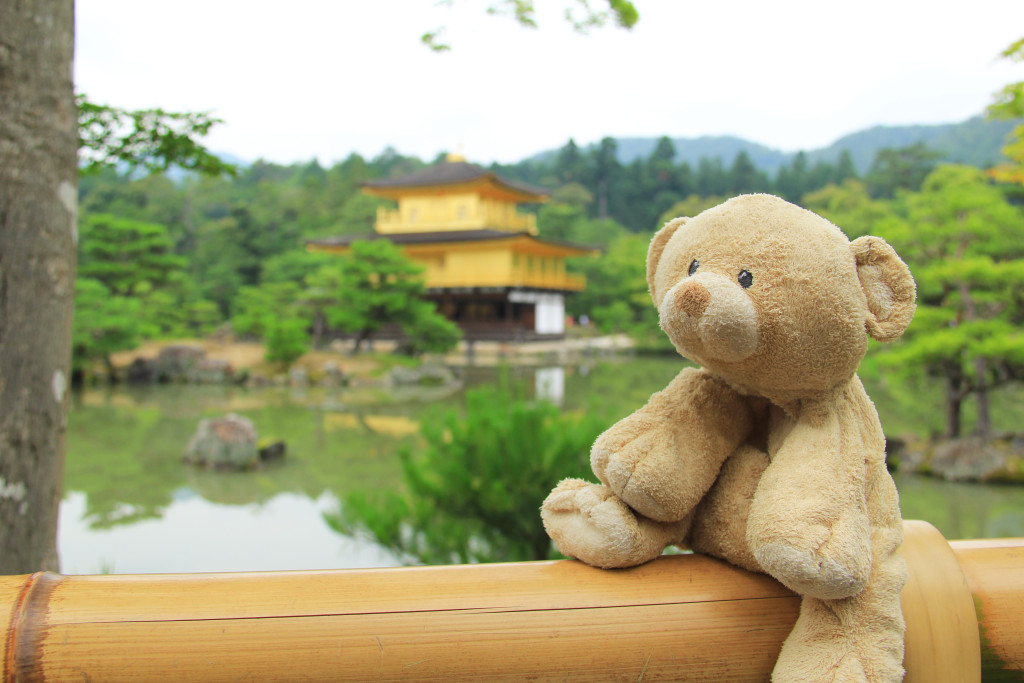
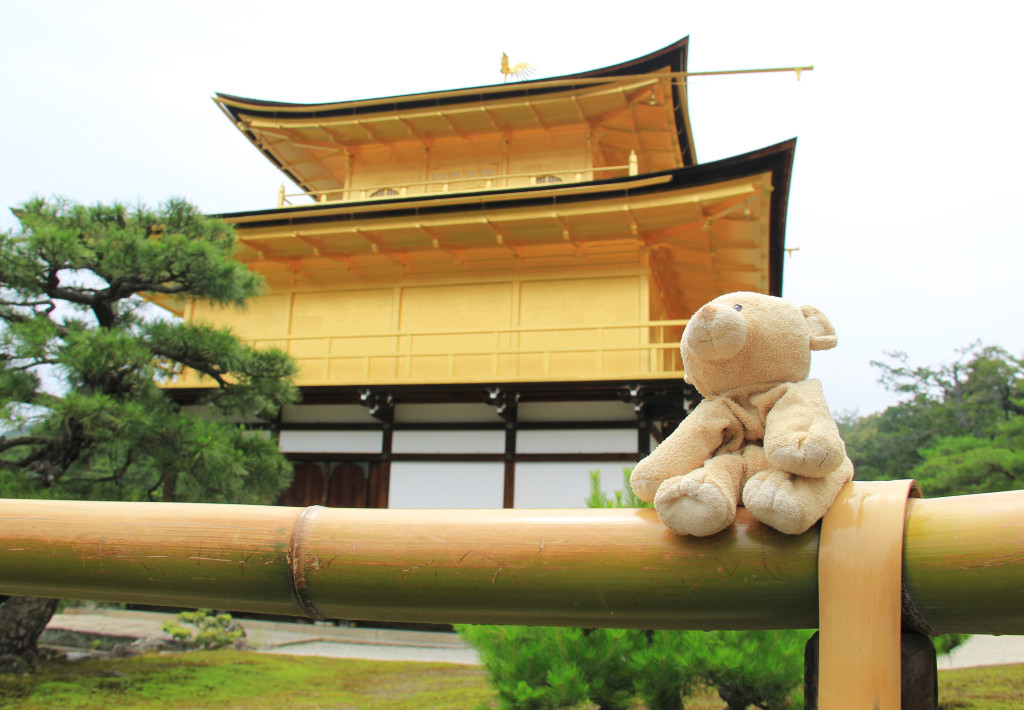
This marks the end of the first leg of our Japan trip. Stay tuned for highlights from the second week on the next edition of Woody Adventures!

